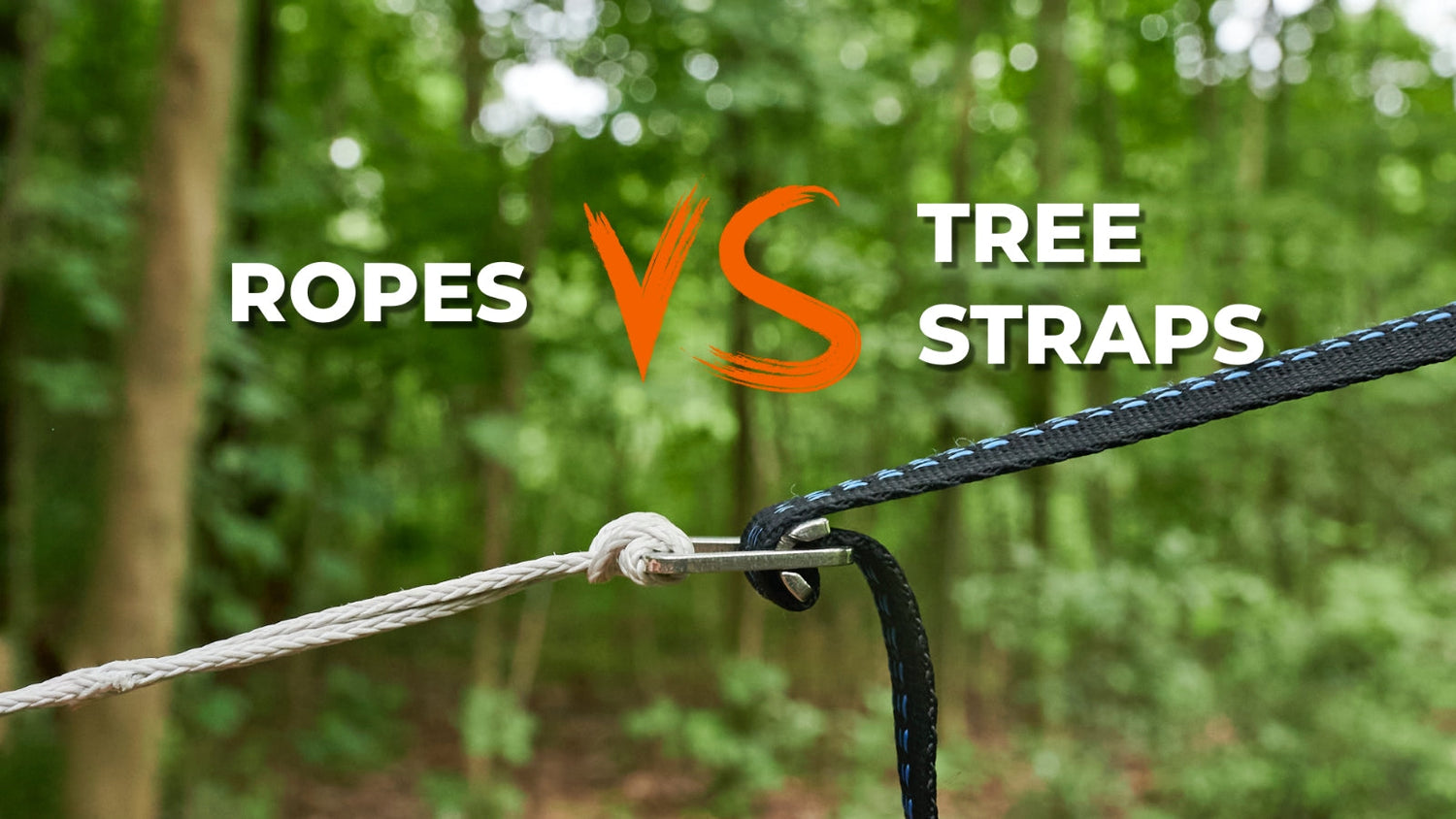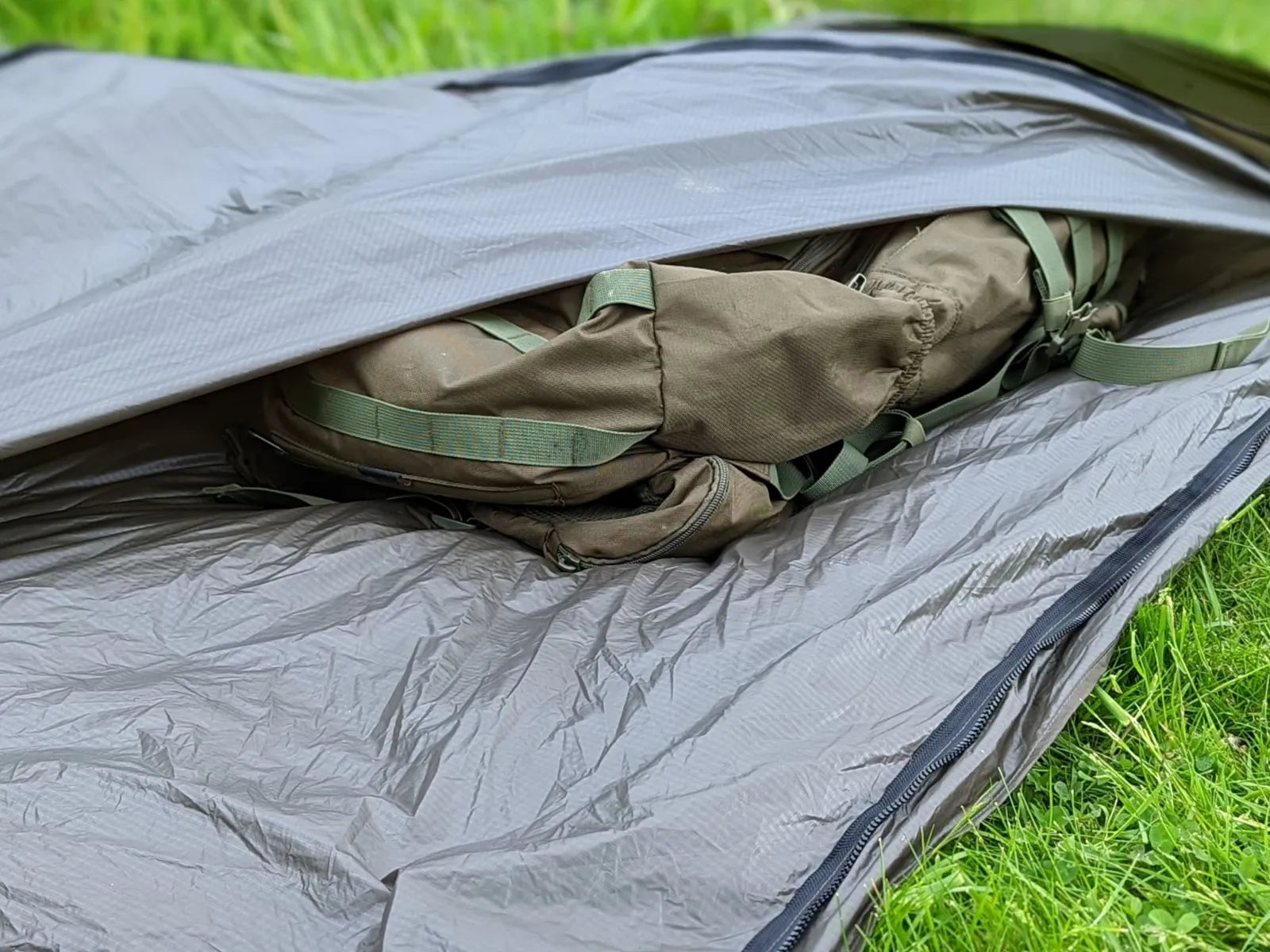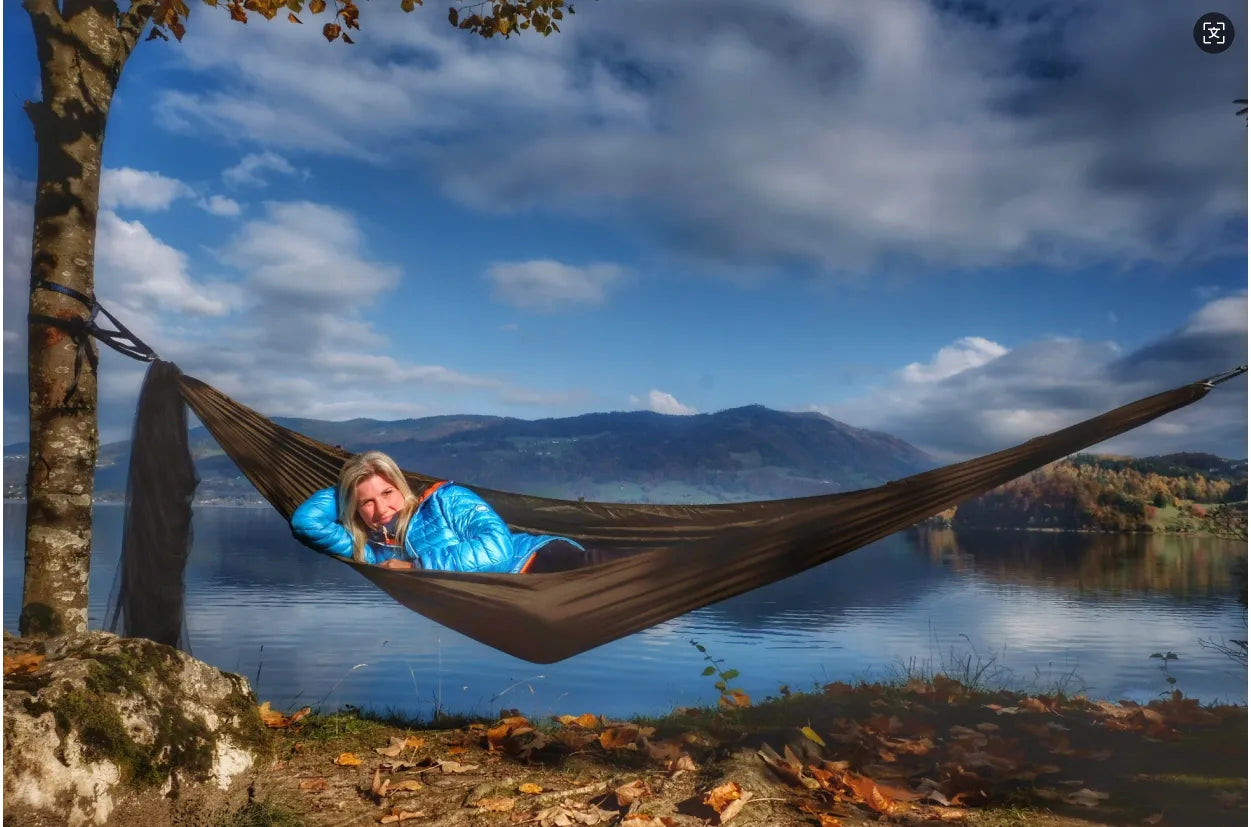As an avid camper and a passionate environmentalist, I often find myself in the serene embrace of nature, setting up my hammock for a relaxing retreat. However, it's crucial to discuss a common practice that poses a significant threat to our beloved trees: using ropes to hang hammocks. In this blog, we will delve into why using tree straps is a far better alternative, underlining our commitment to sustainable camping practices.
The Hidden Harm of Using Ropes
1. Damage to Tree Bark:
The use of ropes for hanging hammocks might seem harmless, but it causes considerable damage to tree bark. Tree bark plays a critical role in protecting trees from insects, infections, and environmental hazards. The outer bark, or rhytidome, composed of cork and dead phloem, coated with suberin, guards the tree while allowing gas exchange through lenticels. When ropes are tied around a tree, they compress and damage this vital layer.
2. Impeding Nutrient and Water Transport:
Beneath the bark lies the living tissue responsible for transporting nutrients and water throughout the tree. When ropes constrict these areas, they disrupt this vital flow, leading to weakened tree health and potentially causing the death of the tree above the point of damage.
3. Risk to Younger Trees:
Hanging hammocks on saplings or smaller trees can lead to breakage or even kill the trees, especially if they're not strong enough to bear the weight of a person.
The Sustainable Alternative: Hammock Straps
1. Why Tree Straps?
Tree straps, typically made of flat nylon about 2 inches wide, are a sustainable solution. They distribute weight evenly over a larger area, minimizing the risk of bark damage and ensuring the healthy flow of nutrients and water within the tree.
2. Selecting the Right Trees:
When setting up your hammock with straps, it's crucial to choose healthy, sturdy trees. Ideally, select trees that are at least 12 inches in diameter and free of dead branches overhead.
3. Best Practices for Hanging Hammocks:
- Avoid shaking or harming the trees in any way.
- Ensure that the tree's flesh is never exposed.
- Use tree straps instead of ropes or wires for a minimal environmental impact.

As outdoor enthusiasts, it's our responsibility to protect and preserve the natural environment that provides us with so much joy and relaxation. By opting for tree straps over ropes when hanging hammocks, we contribute to the wellbeing of our forests and uphold sustainable camping practices. Let's make a conscious effort to coexist harmoniously with nature, ensuring its beauty and health for generations to come.
Happy and Responsible Camping with Onewind!




